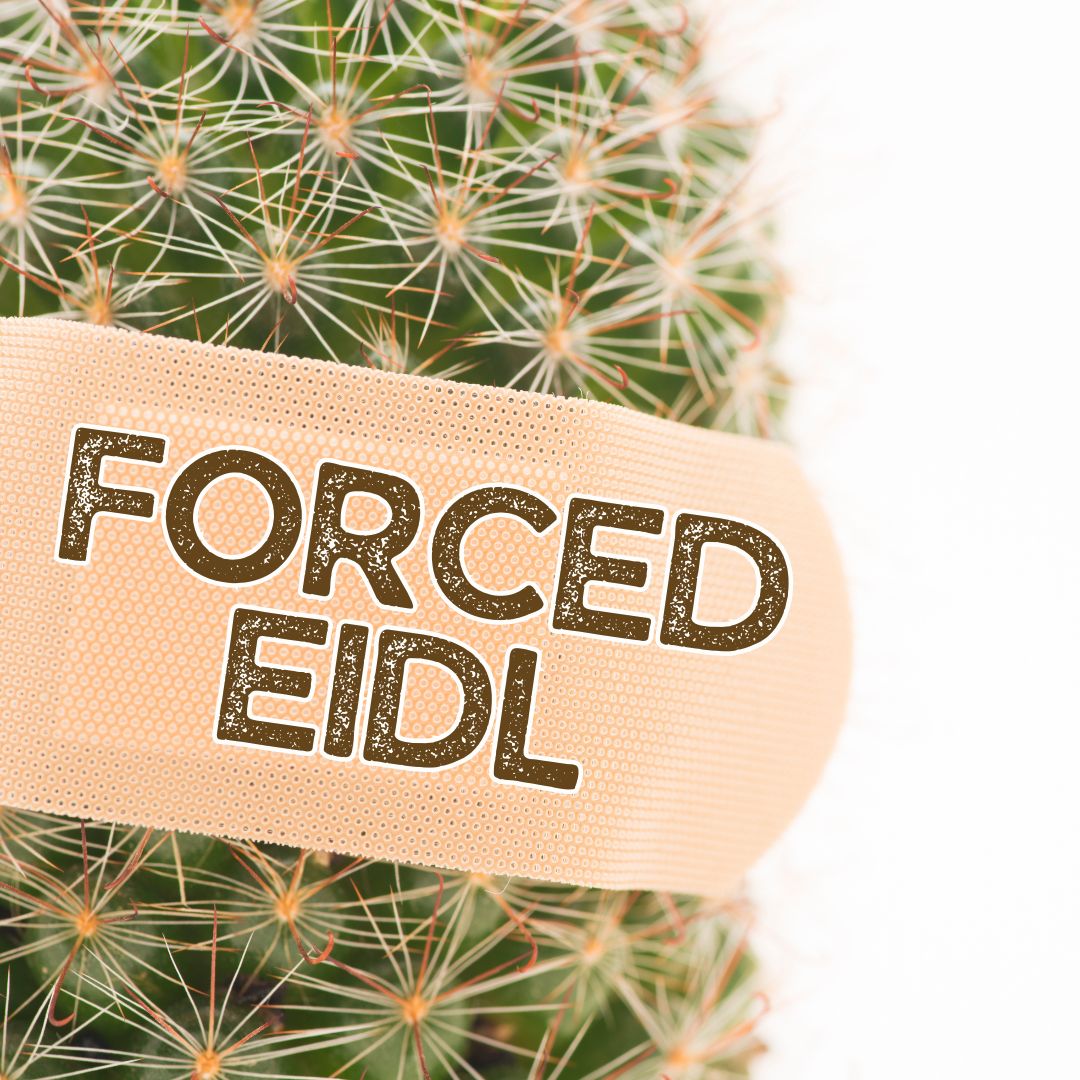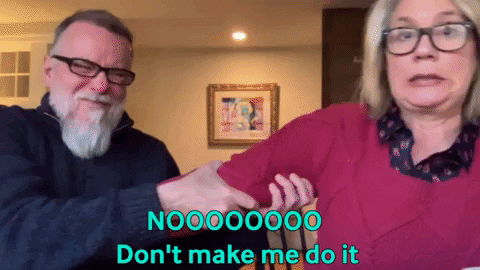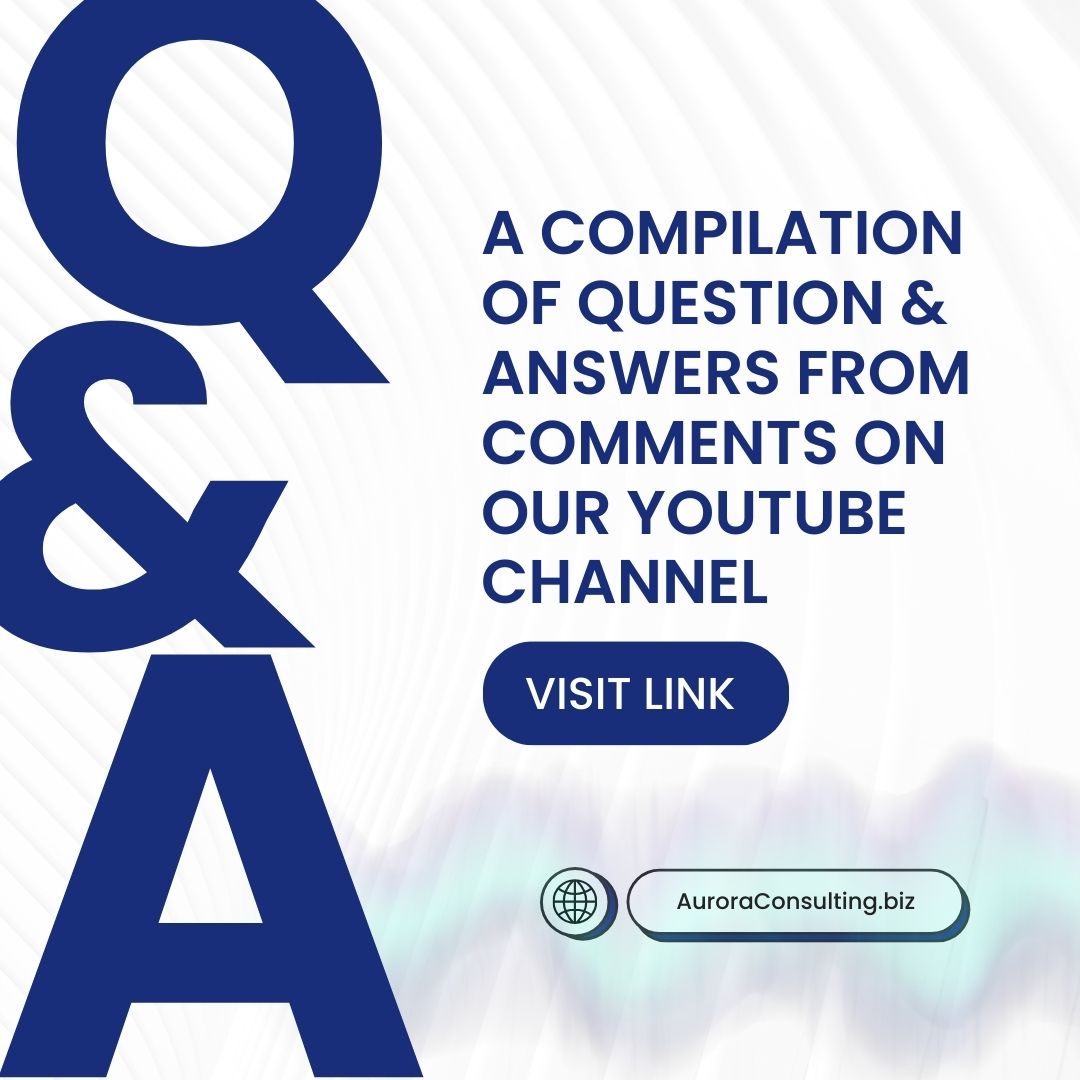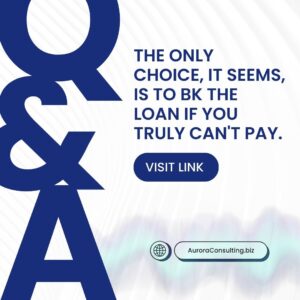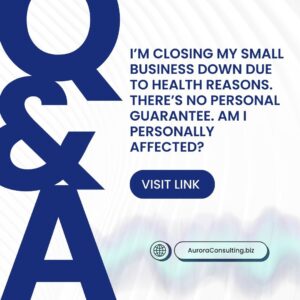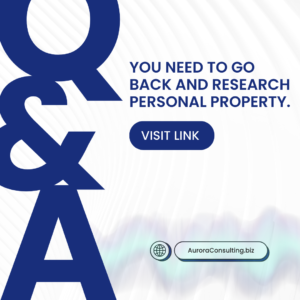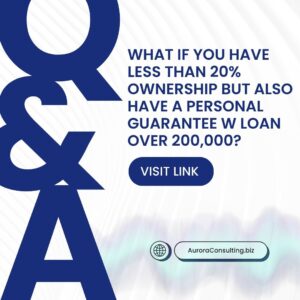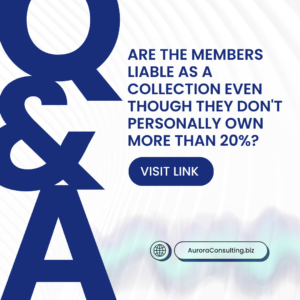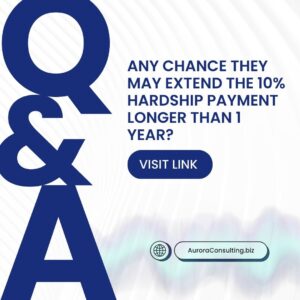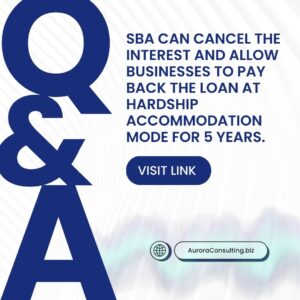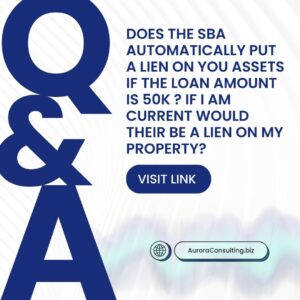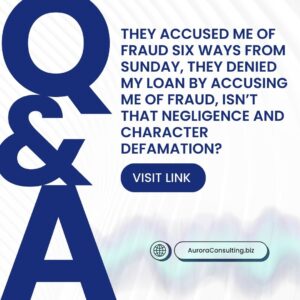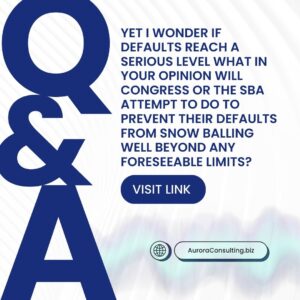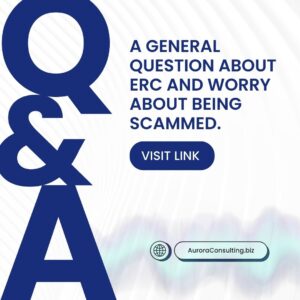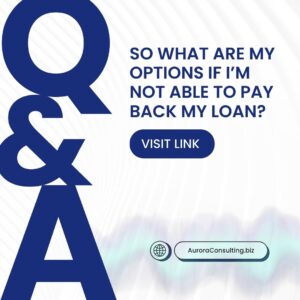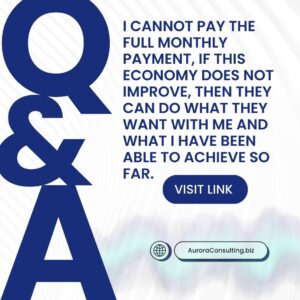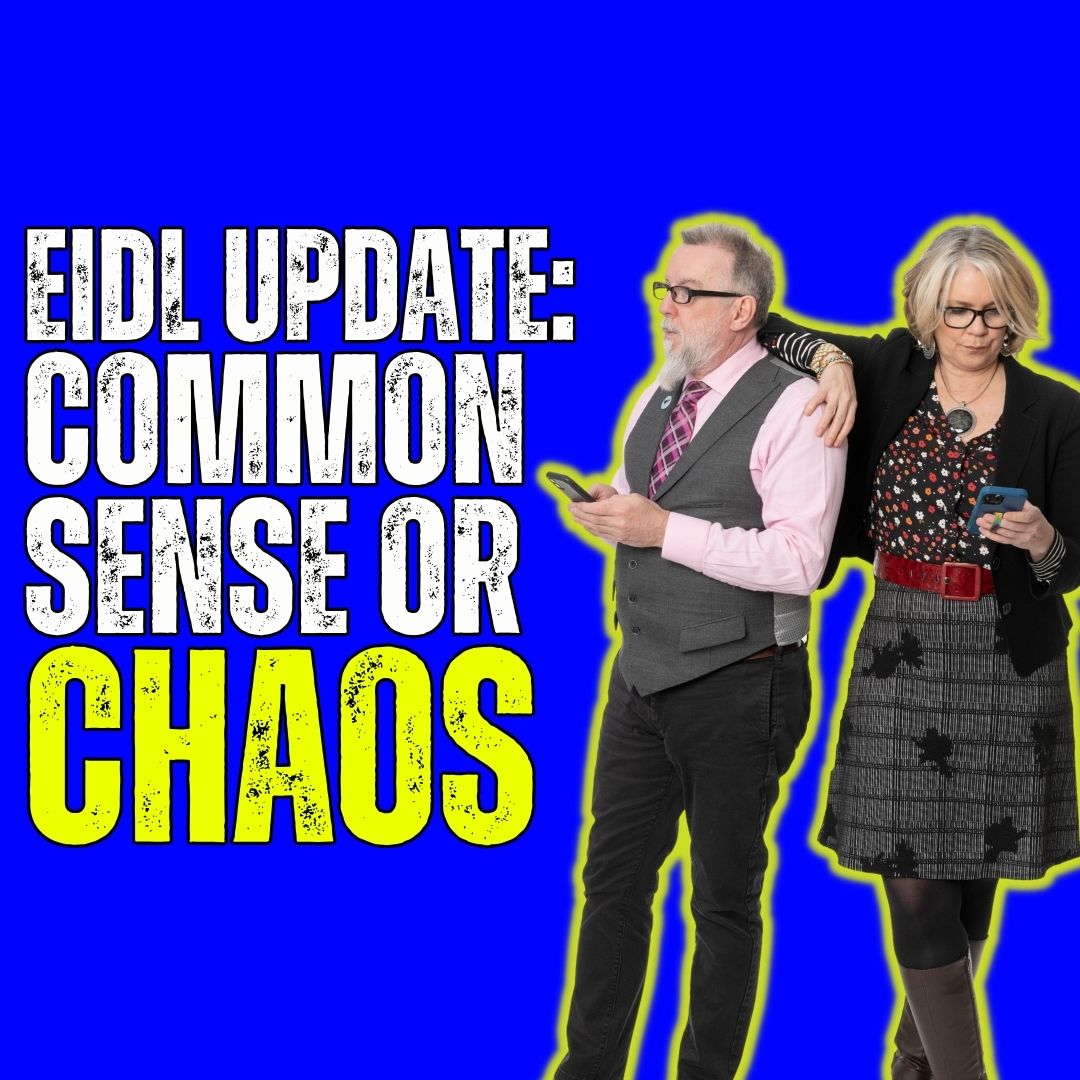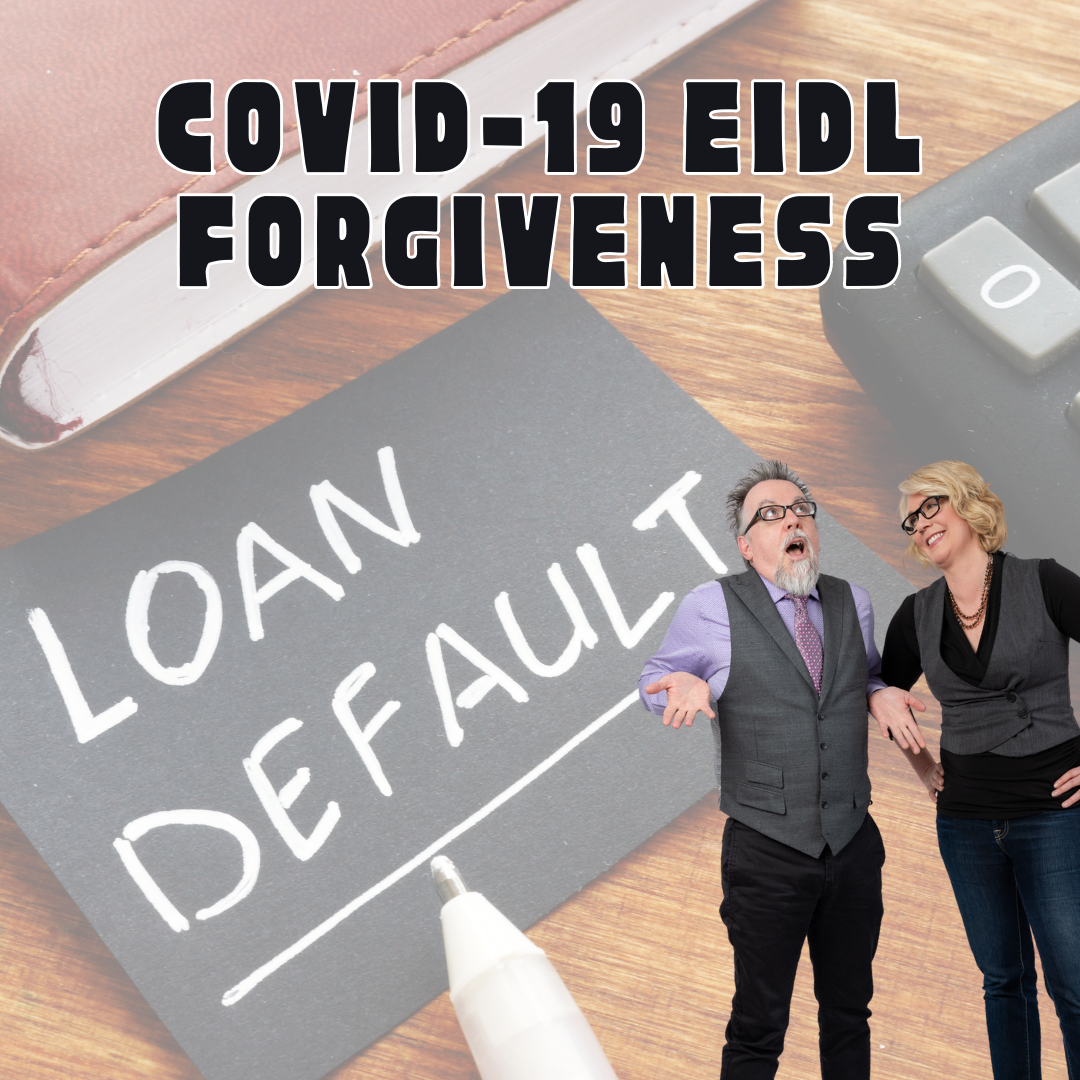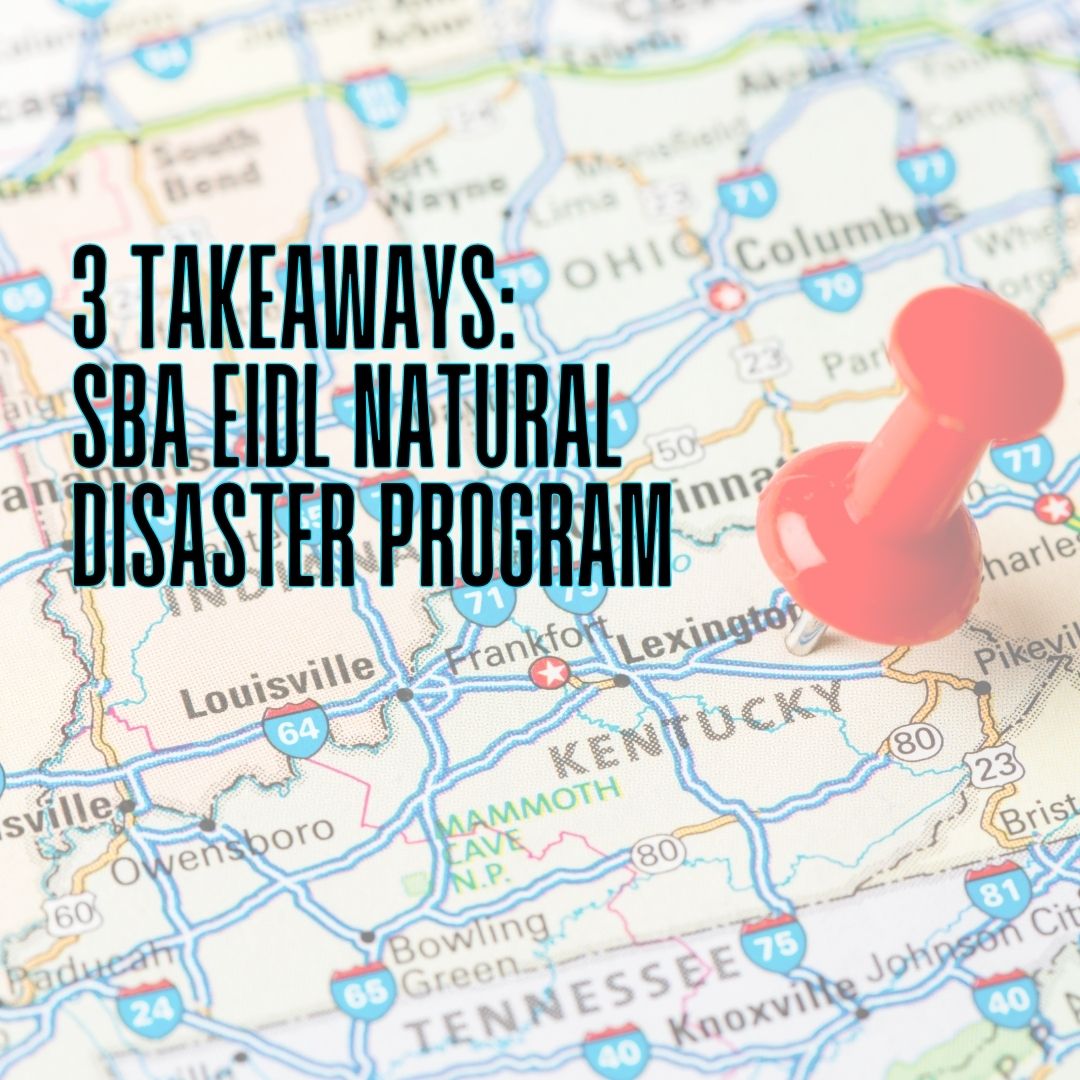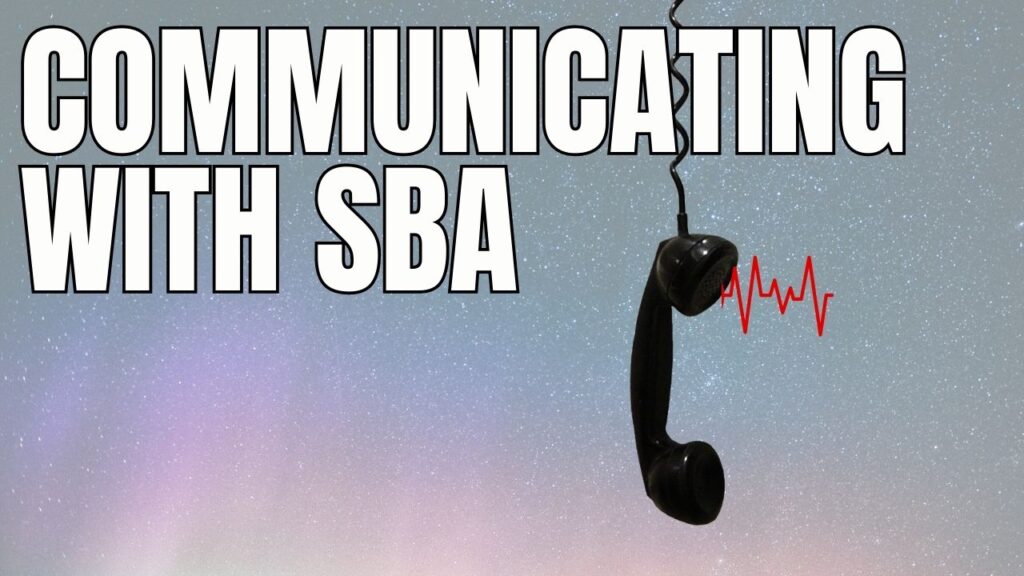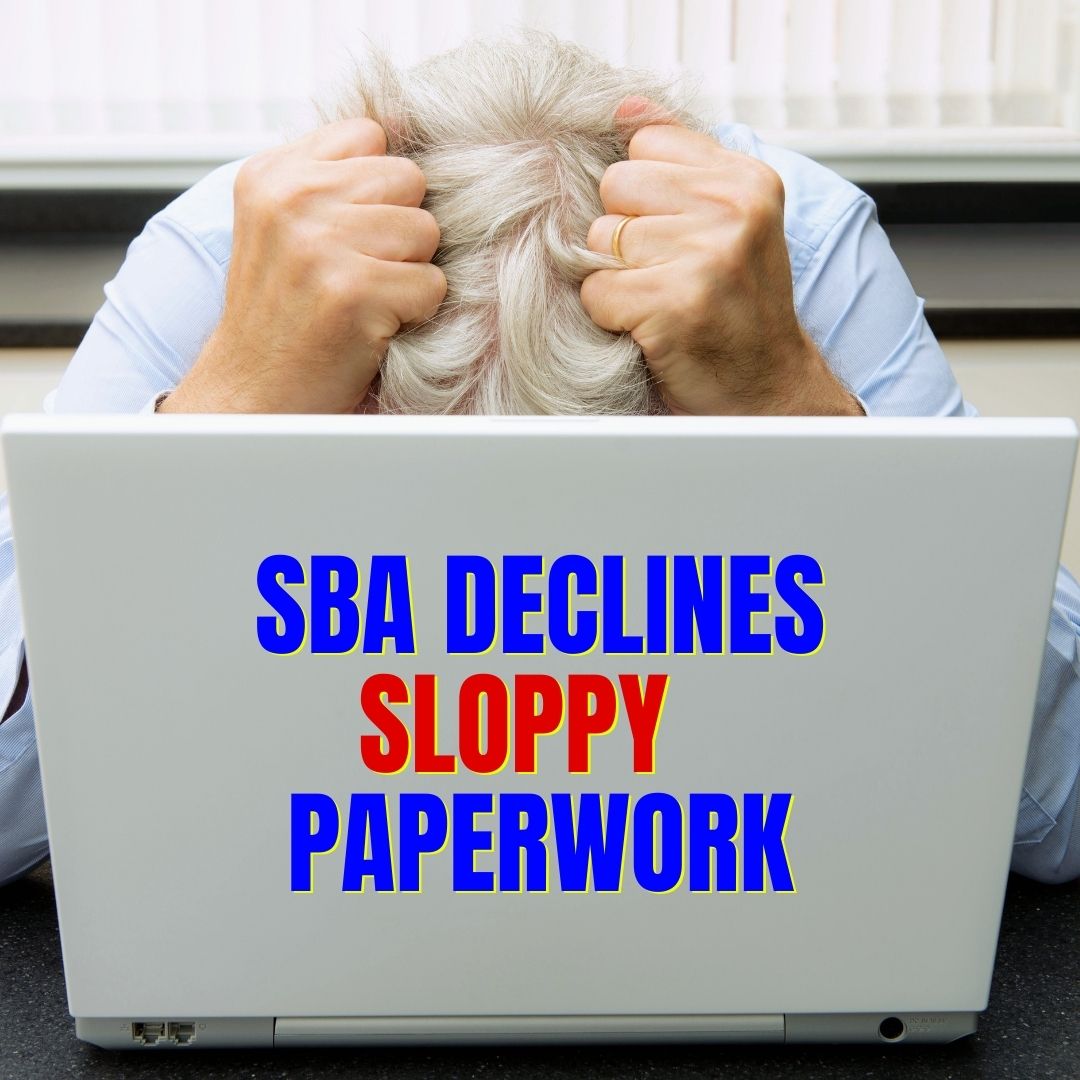Saturday afternoon, Trevor purchased a half gallon of 2% milk for his morning coffee. He then discovered the milk was bad. When he checked the date, he saw the container was already 8 days past its “sell-by” date when he purchased it, thus making today 10 days past due.
He returned to the market, grabbed another 2% half gallon only to discover that the date was also past due. Finally, he found one that’s good for another 8 days.
When Trevor went to the counter to tell the owner, he said, “I knew it. I should always stock the milk myself. No matter how many times I tell them, they just don’t pay attention.”
He was referring to the two young men, probably teenagers, who work part-time for him. We remembered they were there the Saturday when Trevor went to the counter to pay for the first, bad, half gallon of milk. They sat off to the side and neither one had the sense to get up, come to the counter and ring Trevor out. The owner was busy at the ice cream window scooping out some of his excellent local creamery ice cream. Trevor had to wait to pay for him to finish with his ice cream customer.
When he told Trevor about the lads not ‘paying attention’ to their work, we were reminded of the teenager we hired to split firewood on our property. We told the owner, “When they’re working here, you have to take their phones away.” Trevor went on to describe his observations of the wood-splitter at our house: “His Mom drove him up to our driveway with the wood splitter on a trailer attached to her car. Then, later, I saw him split two pieces of wood, then take his phone out of his pocket, spend five minutes messaging, then split two pieces of wood, then the phone would come out of the pocket, and so on.”
Before you think we’re just old curmudgeons who disregard a teenagers’ work ethic, let’s describe some of the same behaviors we’ve discovered in our clients.
Thanks to COVID-19, our little financing practice morphed into assisting small business owners with the Federal Government’s disaster assistance from the U.S. Small Business Administration (SBA) known as Economic Injury Disaster Loans (EIDL). Working on an SBA loan application is, in the best of times, a daunting and complicated process.
The paperwork is complicated and lengthy, and the bureaucracy is fraught with all kinds of systemic incompetence. All of these features have been exponentially made worse by the overwhelming need for this program due to the pandemic.
Our clients run the gamut from “gig-worker” self-employed sole proprietors to owners of businesses that generate multi-millions in annual revenue; age ranges from 20-somethings to folks my age (60) and older.
Trevor was a mortgage loan officer for 30 years. He learned early on that the key to getting any loan application approved was paying attention to details, especially those that may appear to be inconsequential. He worked mostly on government mortgage loans in his career; which presented a solid preparation for working on these SBA government loans now. And the most important lesson, about those otherwise minor details, comes to bear every single day.
Most of our clients have applied for the SBA loan and have been declined. So our job is to review their documents and their applications and “fix” whatever was wrong that caused the declination in the first place. You may think these folks were all declined because they simply didn’t qualify; but that’s not how this program works, almost every applicant is eligible and qualified due to the fact the loan program is only about compensating the business for revenue lost due to the disaster—COVID-19.
We’ve discovered a terrifying aspect of our modern life: it seems everyone, of all ages, every generation, is distracted. Their distractions are causing real difficulty, personally and professionally. In almost every client file we work on, we see mistakes that range from their SBA application process to the mistakes made with their fundamental business documents or information.
Those mistakes, many of them fairly simple and functional, are causing these businesses to be delayed in getting an approved for vital this funding that, quite literally, will keep their business alive during the pandemic and beyond. When we discuss these errors with the clients, the responses too often point to that one disturbing word, again and again: distractions.
“I was in a hurry when I did the original application,” as an explanation why there are wild inaccuracies in their application when compared to their financial or other business documents.
Or, from the business owner who’s original business partner, absent from the business for ten years or more, recently walked into the bank and withdrew nearly $100,000 of the business’ money for himself because his name still appears on the business name and the bank account, even though our client doesn’t consider the man to be a partner at all. Our client never took the time to visit his attorney and change the paperwork, or remove the partner’s name from the bank account. Why? Distracted with his other job, another business, his family, and, you name it.
That same local market owner had his problems with the SBA process too, notably, his inability to locate an important email from the SBA about his loan that we had submitted for him. We called him every few days to ask if he had received an email from SBA with his loan approval (all our other clients were receiving emails and I couldn’t figure out why he wasn’t). “No, nothing yet,” he’d say, to which we responded, “Did you check your SPAM folder?”
But he’s busy running a little country marketplace (with, apparently, useless employees who can’t even stack milk cartons with correct expiration dates), so it wasn’t until we got him on the phone late one afternoon when we knew the store would be quiet and we forced him to stop what he was doing and scroll through every single email, including SPAM. And, there it was! The SBA email from two months before, now long expired, with his loan approval.
Like the milk episode, this caused more work for us. His distractions of simply running his business kept him both from hiring competent employees (who were distracted in their own ways), training those employees, and taking the time necessary to attend to a vital funding that would dramatically have eased his economic suffering due to the COVID-19 pandemic lockdowns.
Trevor realized that he noticed this trend in the late years of his mortgage career, too. Folks who were requesting that Trevor’s bank lend them hundreds of thousands of dollars, were so distracted in their daily lives (they always had the excuse of being busy…and thus distracted.), they couldn’t find the time (or bandwidth) to pay attention enough to basic documents or questions needing to be answered to get their loans approved. This to buy their dream house.
Like the young men at the local market who are too distracted to pay attention to “sell-by” dates on the milk cartons, so many of us are distracted to the point of distress. You’re literally ruining your lives, either personally or professionally, or both, with your failure to recognize and control your distractions. These distractions are not solely the fault of our smartphones. Or even social media. There are all kinds of static-inducing disruptions to our days.
Trevor, as a student of economics and history, he puts these distractions down to a single phenomenon, one that is (finally) getting more attention in the media. That phenomenon is directly related to money. More specifically, earning money and the cost of living. We’ve watched this distressing trend grow from the early 1990’s, through the boom times and recession times, and especially after the global recession that resulted in 2010 from the mortgage meltdown.
People have been struggling to “catch up” with costs, and earn a decent basic living for decades; but that struggle received a new infusion of chaotic confusion after the global recession. The rich definitely got richer, none of the bankers or financing titans went to jail or paid any kind of price for causing this worldwide calamity, but the average working person today has paid, and continues to pay, the price for that more than decade old recession.
COVID-19 only exposed the brutal reality of this financial duress in the most blunt terms possible.
But, those of us who have struggled and continue to struggle, we fail to recognize this calamity. Instead, like bugs scattering when you lift a stone up, we simply go about our days, go about our business, go about “living” in a way that seems to us to be satisfactory.
Wake up. Your distractions are killing you. You need to save your own life and you need to slow yourself down and you need to focus.
Take your pick of the things that are killing you, or will kill you, or your children: Climate change. COVID-19. Politics. Driving fast combined with distracted driving. And on and on.
We have three suggestions, or “rules” on actions you can take to reduce, and hopefully, eliminate, distractions from your life.
Rules to not be distracted:
- Take Care
- One At A Time
- There’s Plenty of Time
Take Care
We use this rule with our financing practice. Think of the old carpenter’s adage: “Measure twice, cut once.” That’s essentially what “Take Care” means. Whatever activity you’re undertaking, whether you’re stocking the milk cartons, preparing financial documents for your business or to buy a home, making decisions that could affect your or your children’s well-being, take the appropriate care with that process. Look at the solutions, the consequences, the pro’s and the con’s; look at the mechanism, about what it will take to accomplish whatever it is you’re doing or deciding on. Then, put all that good brain-power you just expended to work.
One At A Time
We refuse to waste time arguing, or reading about, whether or not multi-tasking is a good or bad thing. We prefer to think from the positive perspective: doing ONE thing, allocating time and energy to that one thing, and accomplishing that ONE thing, is a worthy enterprise. It works. Time and time and time again: when you’re focused on ONE thing, from spending time speaking to an elderly parent, or preparing your documents for your tax returns, or whatever task or mission you need to accomplish, large or small, when you do only the ONE thing at one time, not multiple things at the same time, your results are so much more gratifying and accurate.
This also saves time from having to go back and redo something again.
There’s Plenty of Time
We’re convinced that somehow we all have come to believe that time is running away before our very eyes and that if we don’t hurry up, we’ll miss out on something.
There’s this trend, apparently, among the younger folk, to take time for getting the most out of their young lives now. That’s why they don’t want to be trapped in jobs that are mind-sucking-soulless-energy-sapping endeavors to earn money and nothing more. A good meal with friends; rock-climbing; doing nothing for its own sake. These activities sound more like retirement, but in reverse because the people doing them are all young. It’s as if they believe they’ll run out of time.
We posit this concept: when you’re young is actually the BEST time to invest in yourself for your future, whether that’s education or earning, or any combination of the two. Further, spend your time wisely. The time’s not running out; but YOUR time to create something good for yourself in your life is running out, because economics will catch up to you with bills you’ll have to pay, families you’ll have to clothe, house and feed, and energy that wanes as your years progress.
Embrace your life by all means; live for your moment. But do it in a way that is well-considered. Take into account that, short as all our lives are relative to the Universe at large, there’s actually plenty of time.
Distracted while writing this: We confess that, as we wrote this, we were distracted a few times. Maybe that’s part of the writing process, taking time to think, although some of the best writers in the world say you should lock yourself in a room alone with no distractions and do nothing but write. Hemingway started every one of his days that way: with no distractions and focused on his writing and we all know how that turned out for him.
We don’t believe we allow ourselves to be distracted in the ways that we see so many other people churning through their lives. And, we can honestly say this: we have accomplished some fairly incredible things in our lives by following these three aforementioned rules. Focusing and refusing to be distracted.
We hope our little discourse didn’t distract you too much.


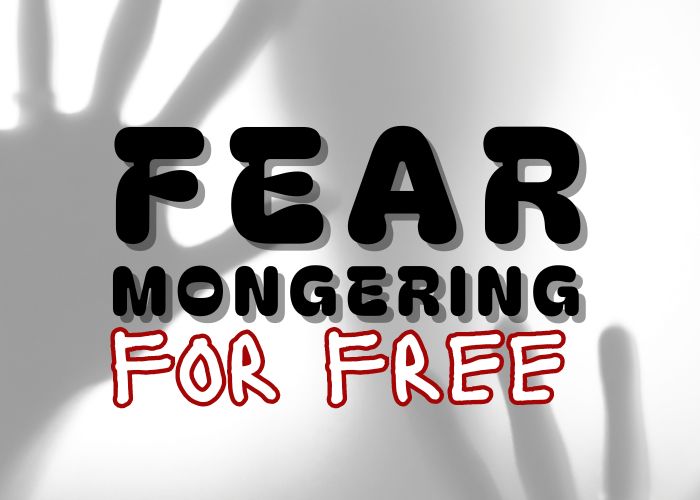


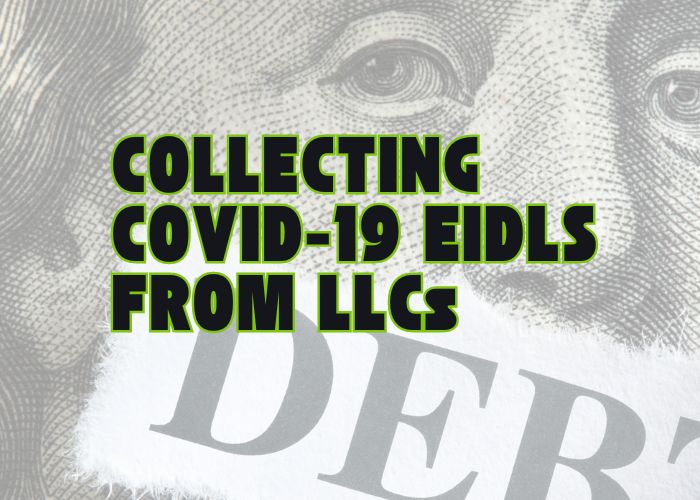
 We started working with the COVID-19 EIDL program in March 2020 as the pandemic started to unfold. From the outset, we discovered, as seasoned financial services professionals, how badly SBA communicated information about the COVID-19 EIDL program.
We started working with the COVID-19 EIDL program in March 2020 as the pandemic started to unfold. From the outset, we discovered, as seasoned financial services professionals, how badly SBA communicated information about the COVID-19 EIDL program.
